Tips for Grooming Long-Haired Cats
Brush your cat gently every day to prevent tangles. Use a comb for long hair. Trim claws regularly and give treats for good behavior.
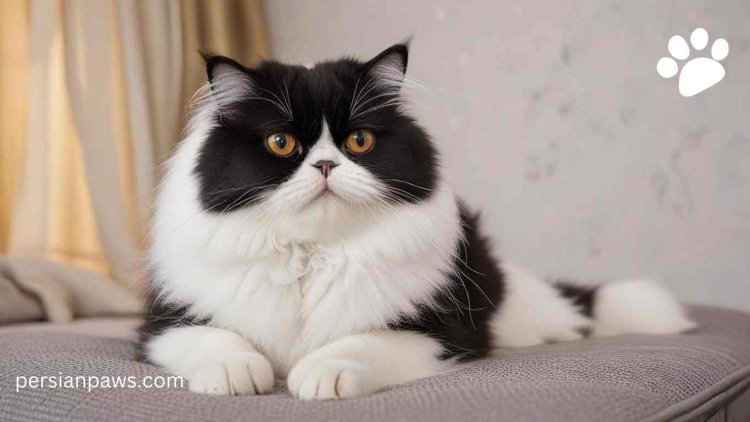
Table of Contents
- Long-Haired Cat's Grooming Needs
- Choosing the Right Grooming Tools
- 2.1 Essential Grooming Tools for Long-Haired Cats
- 2.2 Tips on Selecting the Best Tools for Your Cat's Coat Type
- Steps for a Complete Grooming Session
- Tips for Managing and Preventing Mats
- Role of Diet in Coat Health
- Signs of Skin or Coat Problems
- Creating a Positive Grooming Experience
- When to Seek Professional Grooming Help
- 8.1 Signs That Your Cat Needs Professional Grooming
- 8.2 Importance of Regular Veterinarian Check-Ups
- Expert Insights and Real-Life Examples
- Conclusion
If you're a proud owner of a long-haired cat friend, you know that their fancy coats require special care and attention. Proper grooming is essential to keep your cat healthy, comfortable, and looking their best.
In this guide full of tips, we'll cover everything you need to know about grooming long-haired cats, from choosing the right tools for creating a positive grooming experience.
Long-Haired Cat's Grooming Needs
Characteristics of Long-Haired Cat Coats
Long-haired cats, such as Persians, Maine Coons, and Ragdolls, have beautiful, flowing coats that can grow several inches long.
These coats are more likely to matting and shedding than those of short-haired cats. The dense fur can trap dirt, scrap, and moisture, leading to skin issues if not properly maintained.
Impact of Coat Length on Matting and Shedding
The longer the coat, the higher the risk of matting and excessive shedding. Mats are bunches of fur that get all mixed up near your cat's skin.
They can make your cat feel bad and hurt. Regular grooming helps prevent mats and reduces shedding, keeping your cat's coat healthy and beautiful.
Choosing the Right Grooming Tools
Essential Grooming Tools for Long-Haired Cats
To effectively groom your long-haired cat, you'll need the right tools. Here's a list of essential grooming tools:
1. Combs:
●Wide-tooth comb for detangling.
●Fine-tooth comb for removing loose fur and dirt.
2. Brushes:
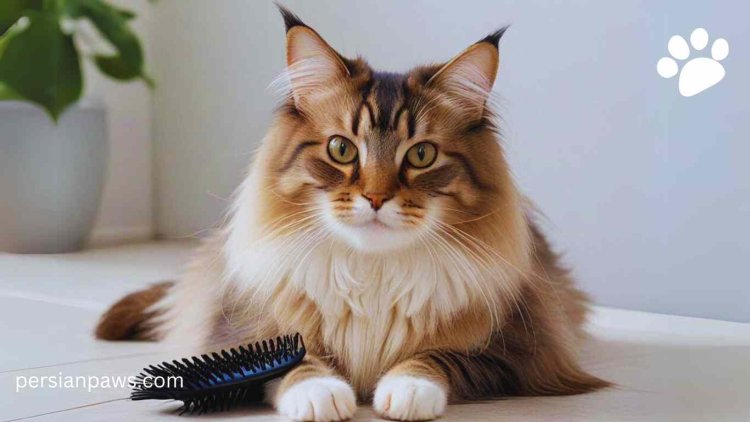
●Slicker brush for removing loose fur and preventing mats.
●Pin brush for gentle grooming and maintaining coat shine.
3. Other Tools:
●Grooming gloves for massaging and removing loose fur.
●Mat splitter or Dematting tool for safely removing mats.
●Nail clippers for trimming your cat's claws.
●Shampoo and conditioner specifically designed for cats.
Tips on Selecting the Best Tools for Your Cat's Coat Type
When choosing grooming tools, consider your cat's specific coat type. Some long-haired cats have fine, silky fur, while others have thick, coarse fur.
Select tools that are appropriate for your cat's coat texture and length to ensure effective grooming without causing discomfort.
Steps for a Complete Grooming Session
Brushing Your Cat's Coat
Regular brushing is the foundation of good grooming for long-haired cats. Follow these steps for a thorough brushing session:
1. Start with a Wide-Tooth Comb:
●Gently comb through your cat's fur to remove any tangles and knots.
●Pay special attention to areas prone to matting, such as the belly, underarms, and behind the ears.
2. Use a Slicker Brush:
●Brush your cat's entire coat with a slicker brush to remove loose fur and prevent mats.
●Be gentle and avoid pulling on your cat's fur.
3. Finish with a Pin Brush:
●Use a pin brush to smooth out the coat and enhance its shine.
●Brush in the direction of hair growth for a polished look.
Removing Mats
Mats can be challenging to deal with, but with the right technique, you can safely remove them without causing stress to your cat. Here's how:
1. Identify Mats Early:
●Regularly check your cat's coat for mats, especially in areas where mats are likely to form.
2. Use a Mat Splitter:
●Carefully insert the mat splitter into the mat and gently cut through it.
●Work slowly to avoid hurting your cat.
3. Comb Out the Mat:
●After splitting the mat, use a wide-tooth comb to gently comb out the remaining tangles.
Bathing Your Cat
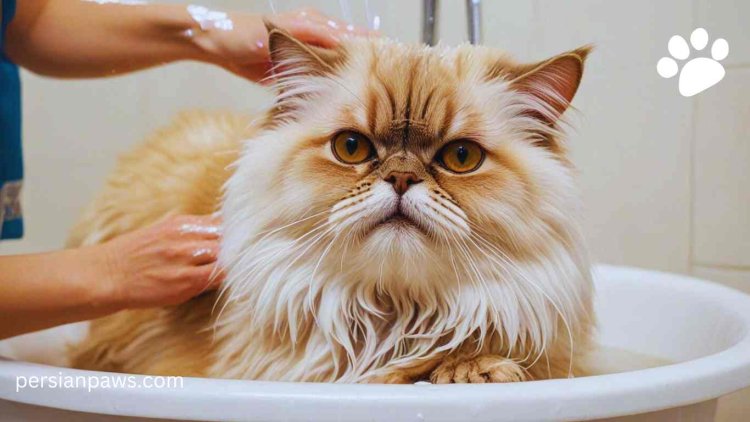
Bathing is an essential part of grooming, especially for long-haired cats. Follow these steps to bath your cat:
1. Prepare the Bathing Area:
●Fill a sink or tub with Lightly warm water.
●Have shampoo, conditioner, and a towel ready.
2. Wet Your Cat's Fur:
●Gently wet your cat's fur using a cup or handheld showerhead. ● Avoid getting water in their ears and eyes.
3. Apply Shampoo:
●Apply a small amount of cat-specific shampoo and apply it into your cat's fur.
●Be gentle and avoid scrubbing too hard.
4. Rinse Thoroughly:
●Rinse your cat's fur thoroughly to remove all shampoo remains.
5. Condition the Coat:
●Apply a cat-specific conditioner to keep the fur soft and manageable.
●Rinse thoroughly.
6. Dry Your Cat:
●Gently towel-dry your cat and allow them to air dry in a warm, free-from-wind area.
●Use a blow dryer on a low setting if your cat tolerates it.
Regular Grooming Schedule
A regular grooming schedule is crucial for maintaining your long-haired cat's coat. Aim to brush your cat at least a few times a week and bathe them as needed, typically every 4-6 weeks.
Consistency is key to preventing mats and keeping your cat's coat in top condition.
Tips for Managing and Preventing Mats
Preventing Mats
Preventing mats is easier than dealing with them once they've formed. Here are some tips to keep your cat's coat mat-free:
1. Regular Brushing:
●Brush your cat's coat regularly to prevent tangles and mats from forming.
2. Use the Right Tools:
●Choose grooming tools that are suitable for your cat's coat type to effectively prevent mats.
3. Keep the Coat Clean:
●Regularly bathe your cat to keep their coat clean and free of dirt that can cause mats.
4. Trim Problem Areas:
●Trim the fur in areas likely to mat, such as the belly and underarms, to reduce the risk of matting.
Safely Removing Mats
If you find a mat in your cat's fur, it's important to remove it safely to avoid causing discomfort. Here's how:
1. Work Slowly and Gently:
●Take your time and work gently to avoid pulling on your cat's fur.
2. Use a Mat Splitter:
●Use a mat splitter to carefully cut through the mat without hurting your cat.
3. Comb Out the Remaining Tangles:
●After splitting the mat, use a wide-tooth comb to gently comb out the remaining tangles.
Role of Diet in Coat Health
How Diet Impacts Coat Health
A healthy diet is essential for maintaining your long-haired cat's coat. The right nutrients can improve the condition of your cat's fur and reduce shedding. Here's how diet impacts coat health:
1. Protein:
●High-quality protein is essential for healthy hair growth.
2. Omega-3 and Omega-6 Fatty Acids:
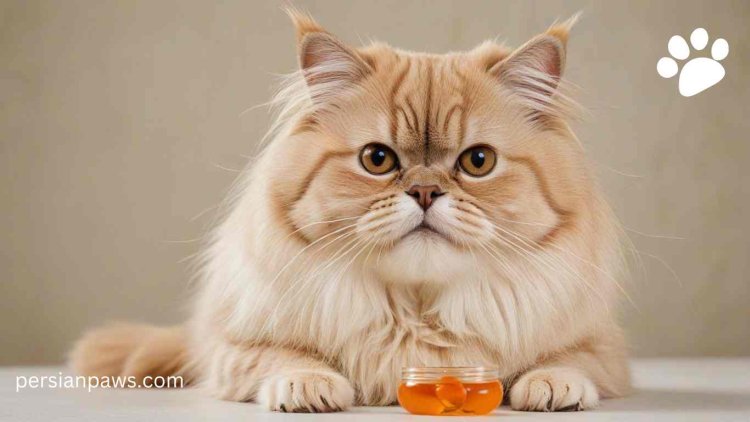
●These fatty acids promote a shiny, healthy coat and reduce swelling.
3. Vitamins and Minerals:
●Vitamins A and E, biotin, and zinc support healthy skin and fur.
Recommended Nutrients for a Healthy Coat
To keep your cat's coat in top condition, ensure their diet includes the following nutrients:
1. High-Quality Protein:
●Look for cat food with high-quality animal protein as the main ingredient.
2. Omega-3 and Omega-6 Fatty Acids:
●Choose cat food that contains fish oil or flaxseed oil for these essential fatty acids.
3. Vitamins and Minerals:
●Ensure your cat's food includes essential vitamins and minerals for coat health.
Signs of Skin or Coat Problems
Common Skin and Coat Issues
Long-haired cats are prone to certain skin and coat issues. Here are some common problems to watch for:
1. Mats and Tangles:
●Regularly check for mats and tangles and remove them promptly.
2. Dry, Flaky Skin:
●Dry, unreliable skin can indicate a fundamental health issue or a lack of essential nutrients.
3. Bald Patches:
●Bald patches can be a sign of excessive grooming, allergies, or skin infections.
4. Red, Inflamed Skin:
●Red, inflamed skin can indicate an allergic reaction or infection.
Recognizing and Addressing Problems During Grooming
During grooming sessions, keep an eye out for any signs of skin or coat problems. If you notice any of the following, consult your veterinarian:
1. Persistent Mats or Tangles:
●If your cat's coat is consistently matted despite regular grooming, seek professional help.
2. Excessive Shedding:
●Excessive shedding can be a sign of a fundamental health issue.
3. Skin Irritation:
●Red, inflamed, or irritated skin should be analyzed by a veterinarian.
Creating a Positive Grooming Experience
Tips for Making Grooming Pleasant
Grooming should be a positive experience for both you and your cat. Here are some tips to make grooming enjoyable:
1. Start Early:
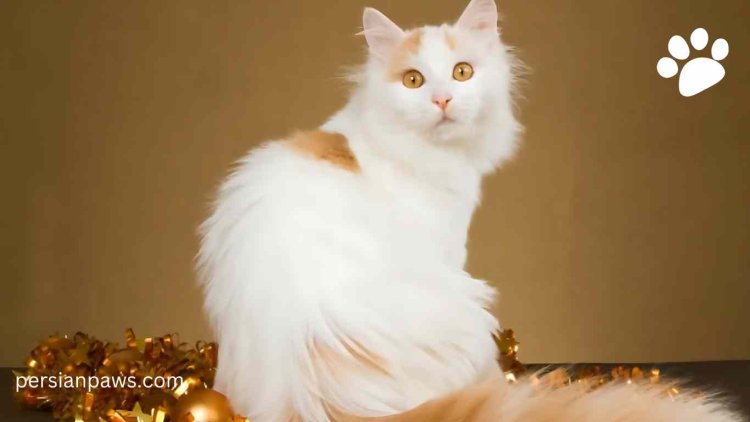
●Introduce grooming to your cat when they are young to get them used to the process.
2. Be Gentle:
●Always use gentle, slow movements to avoid causing discomfort.
3. Use Treats and Praise:
●Reward your cat with treats and praise during and after grooming sessions.
4. Keep Sessions Short:
●Keep grooming sessions short and gradually increase the duration as your cat becomes more comfortable.
5. Create a Calm Environment:
●Groom your cat in a quiet, comfortable space to reduce stress.
Patience and Positive Reinforcement
Being patient is important when you groom your cat. Use happy words and treats to make grooming fun for your cat. As you do this each time, your cat will learn that grooming is a good thing and will be more helpful.
When to Seek Professional Grooming Help
Signs That Your Cat Needs Professional Grooming
In some cases, professional grooming may be necessary. Here are signs that you should seek professional help:
1. Serious Mats:
●If your cat has serious mats that you cannot remove safely, seek professional grooming.
2. Skin Issues:
●If your cat has skin issues that require special care, a professional groomer can help.
3. Behavioral Issues:
●If your cat is extremely refuses to groom, a professional groomer can handle the task safely.
Importance of Regular Veterinarian Check-Ups
Regular check-ups with your veterinarian are essential to monitor your cat's overall health and address any skin or coat issues.
Your veterinarian can guide proper grooming techniques and recommend specialized products if needed.
Expert Insights and Real-Life Examples
Expert Quotes
1. Veterinarian's Insight:
●"Regular grooming is crucial for preventing health issues in long-haired cats. It helps remove loose fur, dirt, and debris, reducing the risk of matting and skin infections." – Dr. Jane Smith,
DVM
2. Certified Cat Groomer's Tips:
●"When dealing with mats, always use a mat splitter or de-matting tool to gently cut through the mat without pulling on your cat's fur.
Patience is key." – Sarah Johnson, Certified Cat Groomer
3. Feline Behavior Specialist's Guidance:
●"Creating a positive grooming routine involves patience, gentle handling, and positive strengthening. Reward your cat with treats and praise to make grooming a pleasant experience." – Emily Roberts, Feline Behavior Specialist
4. Dietary Insights:
●"A balanced diet rich in high-quality protein, omega-3 and omega-6 fatty acids, and essential vitamins and minerals is essential for maintaining a healthy, shiny coat in long-haired cats." – Dr. Lisa Martinez, Veterinary Nutritionist
Real-Life Case Studies
1. Sophie's Story:
●Sophie, a Ragdoll cat, struggled with frequent matting despite regular grooming. After consulting with a veterinarian, her owner, Lisa, adjusted Sophie's diet to include more omega-3 fatty acids, which significantly improved her coat's health.
Incorporating a high-quality shedding tool into their grooming routine also helped reduce shedding and prevent mats.
2. Oliver's Grooming Journey:
●Oliver, a Maine Coon, experienced a remarkable grooming transformation under the care of his owner, Michael. Regular grooming sessions, including thorough brushing and mat removal, were initially challenging due to Oliver's aversion to being groomed.
Michael introduced positive enhancement techniques and short, frequent grooming sessions, gradually increasing their length, which improved Oliver's tolerance and made the grooming process less stressful for both of them.
3. Bella's Mat Prevention Plan:
●Bella, a Persian cat, was likely to have severe matting despite frequent grooming. After consulting with a professional groomer, Bella's owner, Emily, implemented a daily grooming routine using a combination of a wide-tooth comb and a slicker brush to prevent mats from forming.
Additionally, Emily made adjustments to Bella's living environment to reduce static electricity and minimize the impact of environmental factors on her coat.
This good approach significantly reduced the frequency and seriousness of mats in Bella's coat.
Conclusion
Grooming long-haired cats requires dedication, the right tools, and a good understanding of your cat's unique needs. Regular grooming sessions, a balanced diet, and creating a positive grooming experience are key to maintaining your cat's beautiful, healthy coat.
By following the tips and techniques outlined in this guide, you can ensure that your long-haired cat stays comfortable, happy, and mat-free.
Remember, grooming is not just about maintaining appearance; it's an essential part of your cat's overall health and well-being. If you encounter any challenges or notice any signs of skin or coat problems, don't hesitate to seek professional help from a groomer or veterinarian.
Establishing a regular grooming routine will strengthen the bond between you and your cat while keeping them looking and feeling their best. Happy grooming!
What's Your Reaction?














